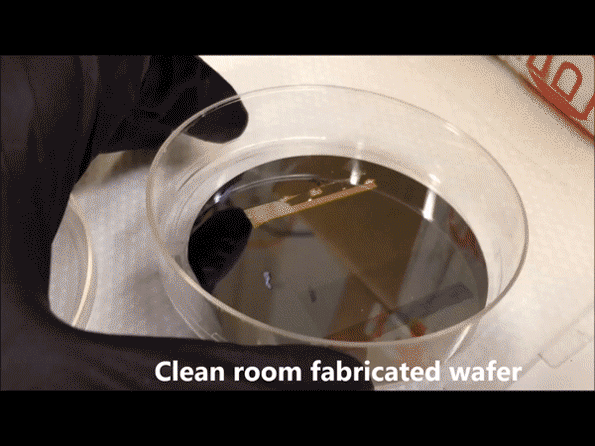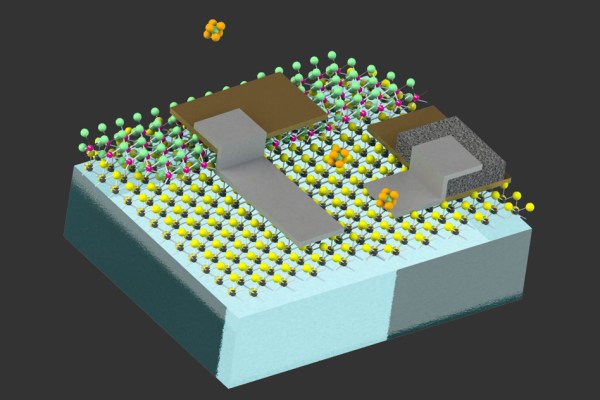The latest robots out of MIT are small enough to float “indefinitely” in the air. Researchers accomplished the feat by attaching 2D electronics to colloids — tiny particles measuring around one-billionth to one-millionth of a meter. All told, the devices are roughly the size of a human egg cell.
What’s more, the addition of photodiode semiconductors means the tiny individual systems are able to be self-powered, without the need for a battery. The system converts light into a small electrical charge that’s enough to keep the device’s on-board environmental sensors running, while storing on-board information.

As to what these tiny robots are actually good for, MIT plans to send them into hard to reach spots to monitor environments. The two at the top of the list are pipelines and the human body — so, two very different kinds of plumbing systems, really.
“The researchers hope to lay the groundwork for devices that could be dispersed to carry out diagnostic journeys through anything from the human digestive system to oil and gas pipelines,” MIT says, “or perhaps to waft through air to measure compounds inside a chemical processor or refinery.”
Basically you send it in one end and retrieve it on the other — which, again, means…different things in different systems. Once retrieved, information collected by the sensors can be downloaded off the system and analyzed.
